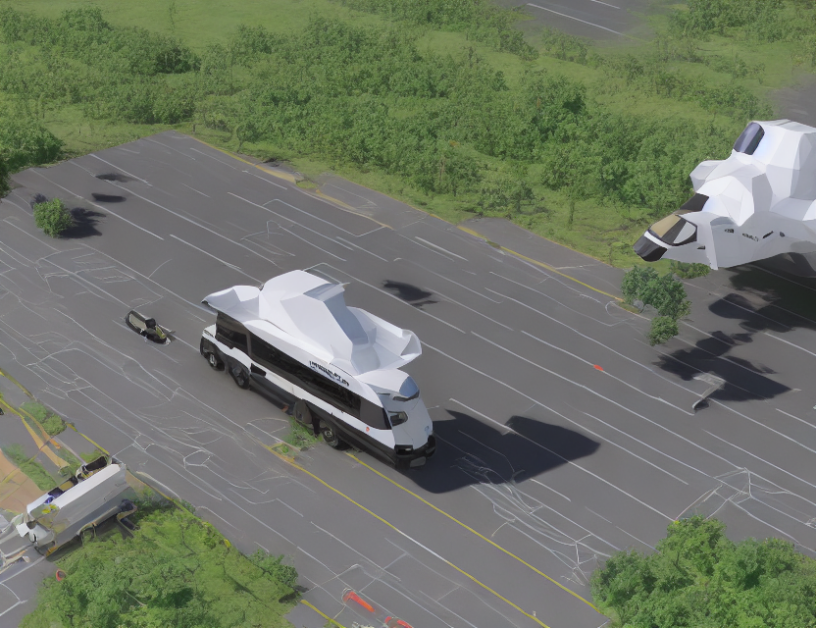Autonomous shuttle buses are becoming increasingly popular as a means of transportation, particularly in urban areas. These buses use advanced technologies such as GPS, sensors, and artificial intelligence to navigate routes without human intervention. In this article, we will explore the current state of autonomous shuttle bus technology, its potential benefits, and challenges.
Current State of Autonomous Shuttle Bus Technology
Autonomous shuttle buses are still in the development stage, but they have already shown promising results in various tests and trials. The most significant challenge facing autonomous shuttle buses is the ability to match or exceed the performance of a human driver under dynamic weather and lighting conditions. However, researchers are working on improving the technology to overcome these challenges.
Advantages of Autonomous Shuttle Buses
Autonomous shuttle buses offer several advantages over traditional transportation methods, including reduced traffic congestion, improved safety, and increased efficiency. These buses can also provide a more comfortable ride for passengers by offering features such as on-board Wi-Fi and charging stations. Additionally, autonomous shuttle buses can operate 24/7 without breaks, making them ideal for providing transportation in areas with limited public transportation options.
Challenges Faced by Autonomous Shuttle Buses
Despite the many advantages of autonomous shuttle buses, there are still several challenges that need to be addressed before they can become a common mode of transportation. These challenges include regulatory issues, cybersecurity concerns, and public acceptance. Additionally, autonomous shuttle buses must be able to operate safely in various weather conditions and lighting situations, which can be difficult to achieve.
Future Developments in Autonomous Shuttle Bus Technology:
Despite the challenges facing autonomous shuttle buses, researchers are working on developing new technologies that will improve their performance. One area of focus is on improving the sensors and software used in these buses to enable them to operate more safely and efficiently. Additionally, there is a growing trend towards using autonomous shuttle buses as a means of providing public transportation in urban areas, which could lead to increased adoption and development of this technology.
Conclusion
Autonomous shuttle buses are an exciting area of research that has the potential to transform the way we travel. While there are still challenges to be addressed, the benefits of these buses make them an attractive option for providing transportation in urban areas. As the technology continues to develop, we can expect to see more autonomous shuttle buses on the roads in the coming years.



